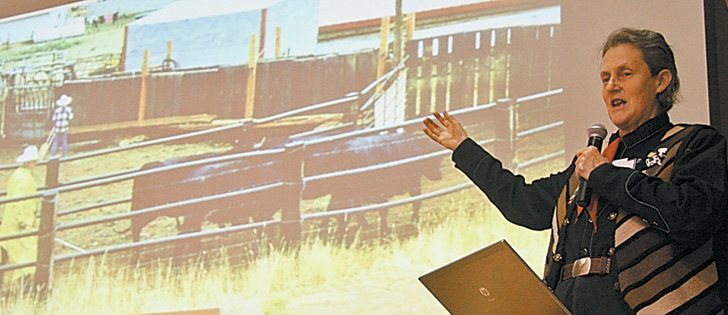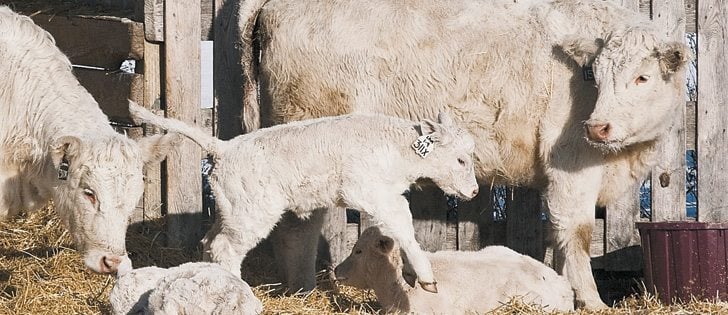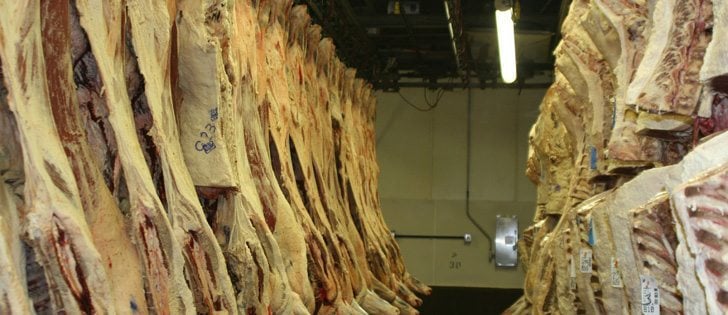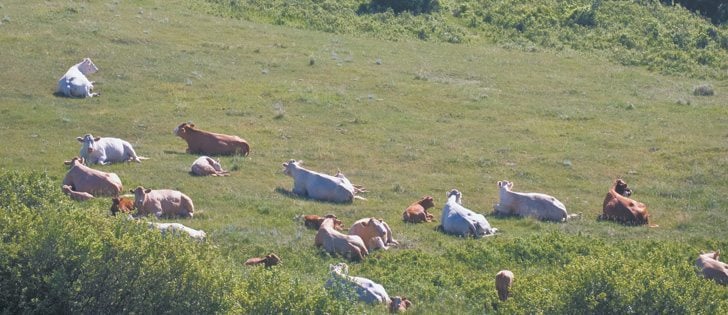Foreign workers | Alberta commodity groups and government hope to speed hiring process
BANFF, Alta. — Farmers who try to hire foreign labourers through Canadian immigration often become entangled in red tape.
Alberta commodity groups have been working with the provincial and federal governments to streamline the process but it might take up to six months to meet changing requirements and paperwork.
Todd Eastman, a beekeeper from Clyde, Alta., started the process last September to hire Filipinos, many of whom worked at his northern Alberta apiary before on a seasonal basis.
As of Jan. 25, he was still waiting for work permits to be approved in the embassy in Manila, but he needs his staff to start work Feb. 1.
Read Also

Feds propose overhaul of chronic wasting disease control program
Chronic Wasting disease control program getting updated by Canadian Food Inspection Agency with feedback encouraged from producers.
“I am probably looking at another six weeks for them to come,” he said.
While it is fairly easy to hire staff from Mexico, the Caribbean and British Commonwealth countries, it is more challenging to deal with the Philippines.
Part of the slowdown starts in Manila, where paperwork can take up to four months because of the high worldwide demand for work permits for Filipinos.
Eastman hires Filipinos because they owned hives at home and speak English well.
The initial step in the process is to request a labour market opinion (LMO) from Service Canada so that the job is first offered to Canadians. If the LMO finds no Canadians want the job, applications are forwarded to Immigration Canada.
“The big reality is nobody really wants to work in agriculture. It is a tough sell,” said Mark Chambers with Sunterra Farms.
Canada’s unemployment rate as of Jan. 6 was 7.5 percent, while the rate in Alberta is around five percent.
It’s been government policy since 2008 that Canadians should get first chance at jobs.
“Even with the increase in unemployment rates, we were still having trouble getting workers,” Chambers said.
“Agriculture is not really perceived as a career. We do a poor job of promoting it.”
Eastman said the labour shortage was so serious in 2006-2007 that it drastically affected his family owned apiary. The farm would not have grown as it has in the last five years without his Filipino staff, he added.
“They call it the Alberta advantage, but for agriculture it is almost the Alberta disadvantage because there are a lot of other sectors, especially in the rural areas, that draw out the workers into the oil and gas industry or pipeline work,” Eastman said.
Farm leaders have been meeting with Service Canada to streamline the process by writing specific job descriptions for skilled and un-skilled workers, as well as established wage grids. In some cases, said Chambers, the government demanded higher wages than sectors could afford.
The wage grid may indicate that a worker is paid $13 per hour, but the employer must also provide housing, pay the return flight and provide benefits like private health insurance.
“In reality it is a $19 to $20 per hour burden on the company and we continue to demonstrate that Canadians don’t want these jobs so they force us to use temporary foreign workers to help supplement the work shortages,” Eastman said.
A new federal immigration policy passed last April added more demands that employers are still trying to understand.
At the same time, the government is scrutinizing the entire process to ensure the workers are needed and treated fairly.
Seasonal workers may stay in Canada for only a specified time, even if they could find work with another farm. Job sharing sounds feasible but current policies make it difficult.
“As soon as another employer wants to share an employee, we have to go through the whole process again,” said Eastman.
“Before that employee can come work for you, you have to demonstrate for a two week advertising period that no Canadians are available for this job and you have to apply for labour market opinions.”
They must also change the work permit conditions with Immigration Canada in Vegreville, Alta.
“Right now it is almost impossible to share,” he said.
Alberta Agriculture and commodity groups have conducted a study to assess the province’s farm labour needs.
The survey report will completed in March and be used to help guide labour needs and programming in Alberta, said Al Dooley of Alberta Agriculture.
Statistics Canada reports 306,200 people are employed in Canada’s agricultural sector, while 50,000 of Alberta’s 2.1 million employed people were involved in that sector in the last quarter of 2011.
Citizenship and Immigration Canada reported 182,000 temporary foreign workers arrived in the country last year, which included nearly 24,000 seasonal agricultural workers.
















